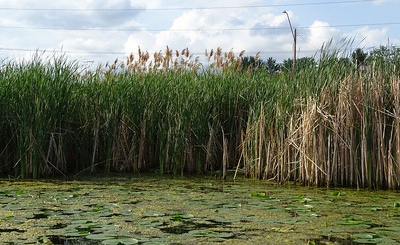Waterbodies in the Upper Mississippi River Basin are at high risk of invasion by several aquatic invasive species (AIS), with often devastating ecological impacts to water quality and economic consequences for water-related infrastructure and management. Yet understanding which sites are most prone to invasion, and by which species, is lacking, making it difficult for managers and policy makers to know where to focus prevention and mitigation efforts. Some waterbodies in the region have proved resistant to forecasted invasion, and these situations may provide clues as to the conditions and processes producing this apparent resistance. If patterns can be revealed, this would allow managers to more accurately predict invasion risk throughout the region and thus to triage sites for prevention and mitigation efforts. Additionally, such knowledge may allow managers to develop and apply strategies that promote resistance to invasion in other waterbodies.
We will use a combination of machine learning and statistical modeling to leverage region-wide waterbody invasion histories and datasets on the physical, biological, chemical, anthropogenic, and geographic characteristics of these waterbodies to:
- Identify that increase or decrease invasion risk
- Categorize all waterbodies in the region based on their invasion risk
- Provide a decision support tools for managers and policy makers to identify at-risk sites
